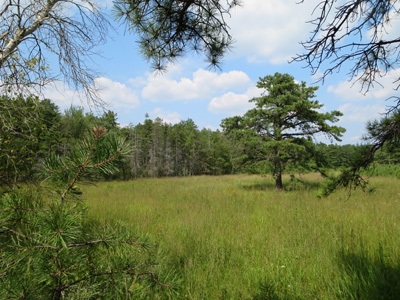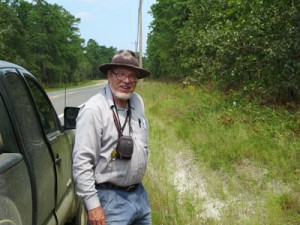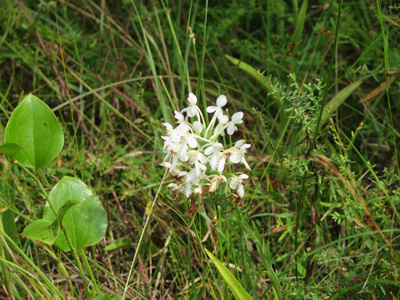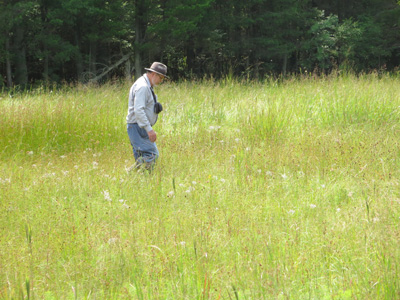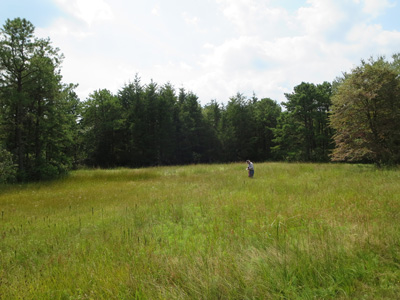One of our core values here at Pine Island Cranberry is protecting the environment: caring for the place where we live, work, and grow. The entire property is located within the boundaries of the New Jersey Pinelands, a region covered with pitch pines, Atlantic white cedars, oaks, and maples. Fire is a major contributor to the ecology of the Pinelands region, and most native plants are fire-resistant. Controlled burning maintains the vegetative balance of the area and reduces the risk of wild fires, maintaining critical habitats for rare plant species.
In order to assess our maintenance plan, our CEO Bill Haines meets frequently with Ted Gordon, a research specialist with more than 35 years experience in botanical studies, including contributions to major plant studies of endangered species in the Pinelands. A former Pinelands Commissioner, Ted primarily conducts rare species surveys and research, monitors habitats, and designs management plans for the conservation and enhancement of rare plants, and we are very fortunate to have access to his knowledge and experience.
The first site Ted visited was a roadside area that Pine Island has not mowed (upon recommendation) in order to protect a stand of fringed white orchids. “It really seems to have helped,” he says. “I have never seen so many in one place as I have this year. Delaying mowing seems to have really made an impact.”
Ted comes out to visit the Sim Place property every year since we started the renovations. “There is a significant patch that has been visited by botanists from all over the world for nearly a century,” he says. “I’ve seen hundreds of species in there. Letting it go probably helped for a bit, but not doing anything at all encourages grasses to overwhelm flowering plants. At this point, you probably need to try mowing, at least a little, and see what the reaction is. Last year was the first time it’s been done in a long time, and I’d like to see some of this try to come back.” In previous years, there had been enough foot traffic to help keep the grasses at bay, but with no activity at all they really took over. “Many rare species are still here,” Ted says. “It’s definitely worth the effort to try and bring them back.”
“Pine Island has always been good about working with others on conservancy and trying to maintain balance,” Ted says. He’s been around the cranberry industry since his twenties, and has worked closely with most of the area growers, who all grant him access to study the wildlife on their property. As a botanist, he is finding all kinds of plants growing near cultivated beds, more so than he’s finding anywhere else. “Cranberry properties have the most diversity thanks to common practices, like burning and mowing. What would Burlington County look like now without the cranberry growers? The pines would be gone. Cranberry growers aren’t the bad guys. We wouldn’t have this. There would be houses out here. I’d hate to think of this place without cranberries. All you have to do is go to other counties and you’ll see.”

